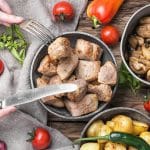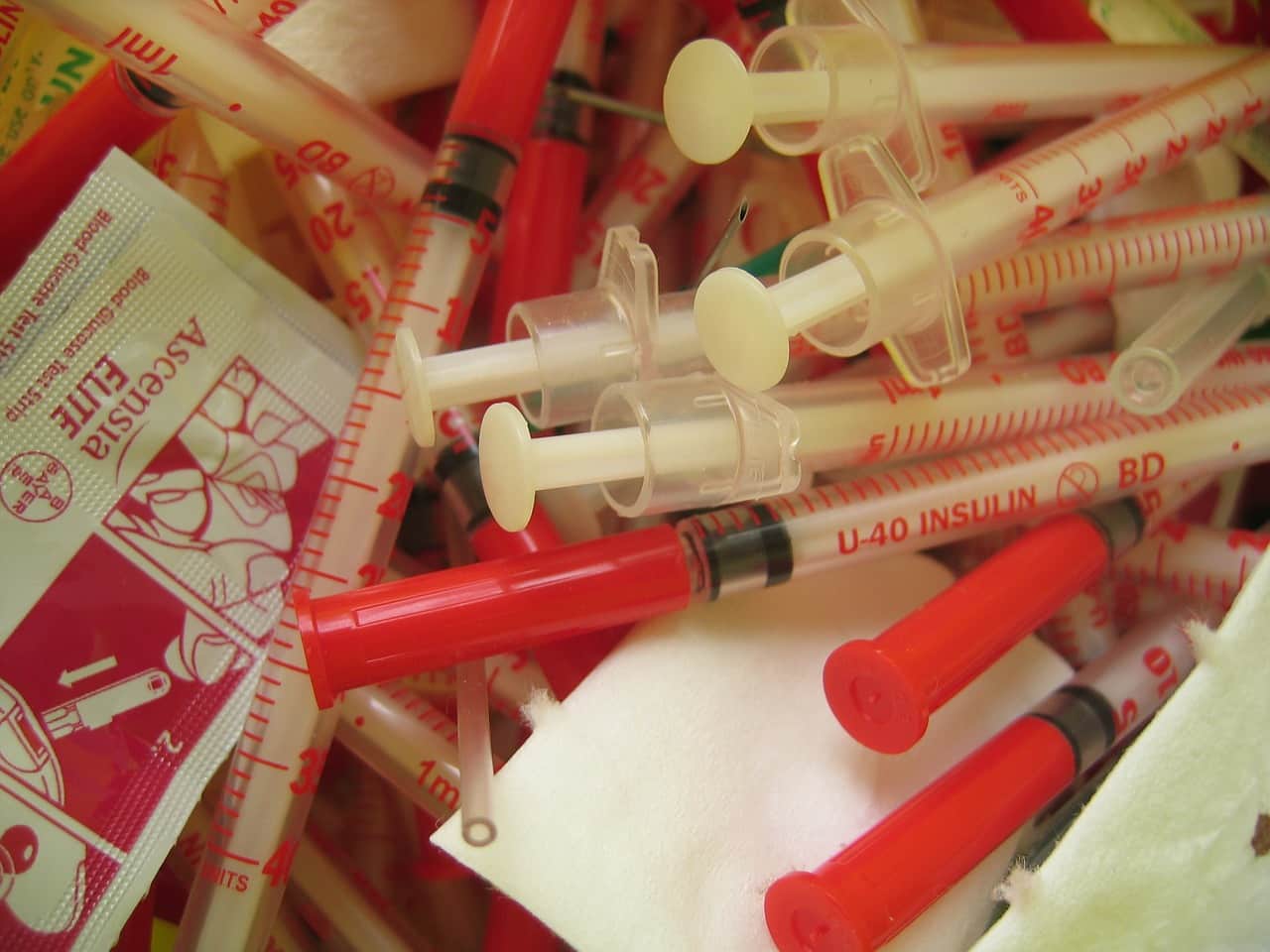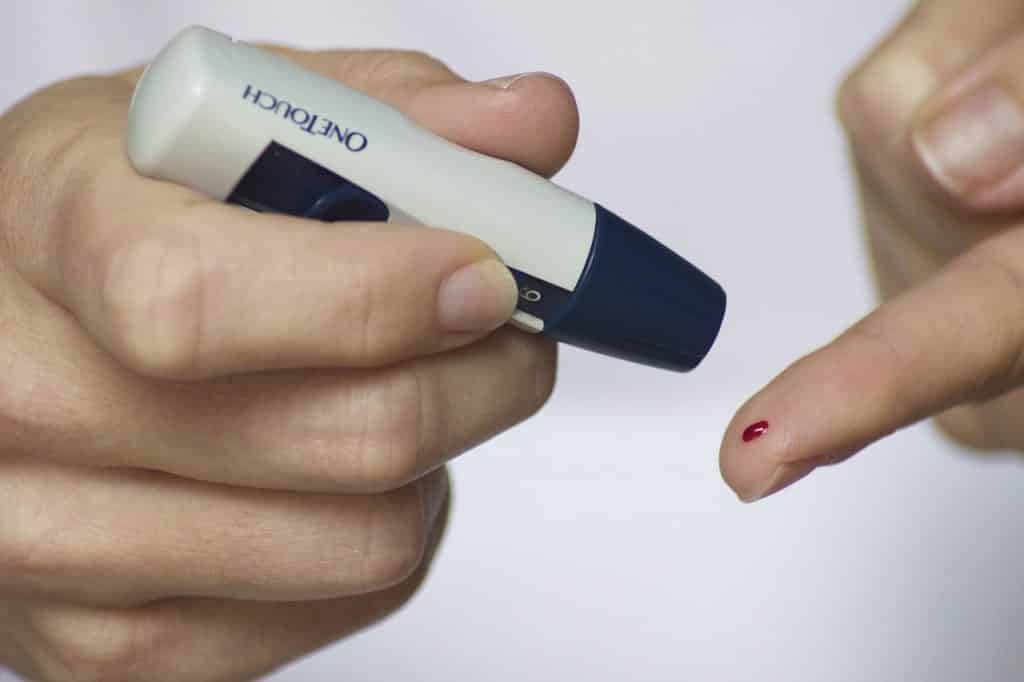ABOUT DIABETES: THINGS YOU DIDN’T KNOW
There is so much about diabetes than what meets the eyes. As with many diseases, it’s pretty complicated and the best way to become a pro at your diabetes or to understand what your friend or family member is going through is through experience and education. My daughter has been a Type 1 diabetic for 8 years now and I admit learning all about diabetes at first was very scary for me and I am still learning new tips and tricks that allow us to get control of her diabetes every day. While there has been a lot of bumps (and bruises) along the way, I feel pretty confident that we have done the best we can. When a change needs to be done to her regimen (it’s usually clear because her blood sugar goes crazy, up or down) we are constantly told that we could do the “advice nurse” job because we keep such detailed logs tracking the issues in a way that a professional would. I always feel very grateful that I have had the opportunity to mainly work from home to be with her and help manage her diabetes and I often wonder how other parents do it because it’s a lot of work. So since I have had so much 1 on 1 time with her, I thought I’d share some of my insider tips that may help you or your diabetic too!
See some things you didn’t know about diabetes below!
- This one is for the non-diabetics! When someone asks for the nutrition facts or more specifically, the carbs (carbohydrates) or their food, please do not look at them like they are from Mars. While, yes I suppose we could be worried about our carb intake and watching our weight (which should be perfectly fine) BUT we are not. As a diabetic my daughter needs to count all of the carbs of her meal prior to eating, add them up, divide that by a specified number (usually given by doctor) and that will equal the amount of insulin she will need to inject before eating. So waitresses be nice and hosts, if you’re having a party that you know will have some diabetics there, place a little carb count by the food….you will be a giant hit! It’s an impressive thing to know about diabetes!
- This one is helpful to diabetics. Counting carbs on fiber. This one is still up for debate but really it just depends on how you personally react. It has been found in some diabetics that foods high in fiber like in refried beans affect your blood sugar differently. So if you find that you tend to go low after high fiber meals, talk to your doctor about trying this out! If you are given the go ahead from your doctor, you can subtract the amount of fiber on the nutrition facts from the carbohydrates on the nutrition facts. This has shown helpful for some people!
- It is preferred that you take your insulin before eating (even if you plan to have 2nds), just take the insulin for the first serving that you are guaranteed to eat. Then either take your second does of insulin before your second helping of food or after. Why? Because your blood sugar will “peak” after you eat your food and you want your insulin to “peak” at the same time. This is usually pretty easy is you approach your insulin like I mentioned. There are rare occasions (perhaps common for some) where matching your insulin “peak” to your blood sugar “peak” after food can be difficult which I will go over in #4.
- Blood sugar after eating something very high in fat like pizza. You can count your carbs perfectly for this guy but your blood sugar may still go high. So here is why and some tips that may help! I will do my best to keep this short and simple. High fat foods like pizza covered in cheese are not digested quickly, especially if you eat a lot of it. The blood sugar peak for foods like this actually happen a couple hours later than normal food, so matching your insulin can be quite the challenge. In general, your insulin will start working in the body after about 15 minutes. Then insulin will “peak” in about an hour or an hour and a half later. The insulin will be done working after about 3-4 hours. With normal food, this works great but with slow digesting food, your insulin might peak before your food does causing your blood sugar to go low and then very, very high later when the insulin is starting to fade off. The best way I have found to battle this is to take your insulin after your meal. In some cases your doctor may even support you taking half of your dose after the meal and the other half an hour later (make sure to apply any high blood sugar corrections with the first dose)! There are also techniques used with the pump that allow the insulin to be spread out even more, ask your doctor! There are also long acting insulin you can use to cover the fat portion of your food that may help, I personally haven’t tried this but I have heard of diabetic adults using this technique. Do not adjust any of your regimens without consulting a doctor first.
- This is my favorite one and it’s for the non-diabetics out there. The best thing you didn’t know about diabetes is that they can eat ANYTHING they want to. Anything. Okay will this is more targeted to Type 1 diabetes as there are diet restrictions to Type 2 diabetics. Good diet restrictions can help cure Type 2 diabetes. For a Type 1 diabetic though, there is no cure, nothing will cause their body to ever produce insulin again (well, not yet anyway…fingers crossed). So back to my point, my daughter can eat whatever she wants! She is a responsible eater but she is also a kid and free to food experiment all she wants. All a Type 1 diabetic needs to worry about is taking insulin for whatever she wants to eat!
- This is a big one for me as I LOVE COFFEE but I have read so many articles about caffeine raising blood sugar so fortunately my daughter knows this and doesn’t care much as she’s never cared for it and is young enough to not have had the opportunity to get hooked. If you are a diabetic coffee lover, I would talk to your doctor for any tips around this terrible tragedy! I have read article after article though on adults trying to figure out their mysterious high blood sugars only to find that is was a result of their morning coffee (even black coffee).
- Celiac Disease. Celiac disease is commonly developed in people with Type 1 diabetes. That was a big surprise to me, that was something I didn’t know about diabetes. My daughter was diagnosed with Celiac Disease about 3 years ago and I actual found it to be pretty hard in the beginning but now it’s a piece of cake. The disease really only has one rule…NO GLUTEN. It’s not a weird diet preference and gluten isn’t necessarily healthier to omit from your diet, it’s only a medical risk if you have Celiac Disease. My daughter’s stomach would hurt every time she ate up until she went to the bathroom and that was the indicator to the doctor to test for Celiac disease and sure enough, she had it.
- This is for newbie diabetics: If you correct for high blood sugar, you can only test the results of that 2 hours later. So if you want to eat, simply do not check your blood sugar and only correct for your food. Then do not check your blood sugar again until 2 hours after you stopped eating that meal. This is also a good tip about diabetes for someone watching or helping managing diabetes, like grandma or aunties!
- Free Snacks & breaks from insulin. I hesitate to put this one down but I think it could be something cool to ask your doctor about if you are interested. Free snacks are something that I found work when you are under 110, the amount of the carbs you can have in your free snack should be advised by your doctor and the type of carbs matter. No a fruit roll up that is the same carbs as an avocado are not indeed equal in how they work in your body so use some common sense on that one. Now, on breaks from insulin, I personally think this is a better lifestyle for adults but it’s up to you and your doctor. You can avoid taking short acting insulin but eating nothing but complex healthy foods several times a day (keeping it with a certain carb range at each meal). We tried that once and for several weeks she had no short acting insulin, it was pretty cool but it was hard to maintain since kids grow so quickly and their need for more food fluctuates so frequently plus it’s hard to feed them 8 times a day when they are at school or out with their friends.
- So important for non-diabetics to know about! If ever a diabetic falls to the ground and becomes unresponsive and unconscious, call 911 and look in their bag for a red case that contains a syringe of insulin. Inject this into them as fast as possible…it could definitely save their life. LEARN more about when, why, how to use Glucagon here!
Congratulations you made it through diabetes 101 and now know you know things you didnt know about diabetes before!
So be nice to your local weirdo at the restaurant asking for the gluten free, vegetarian food menu with nutrition facts, they don’t mean to be difficult. They just want to eat all the same food that you get to eat! :p















